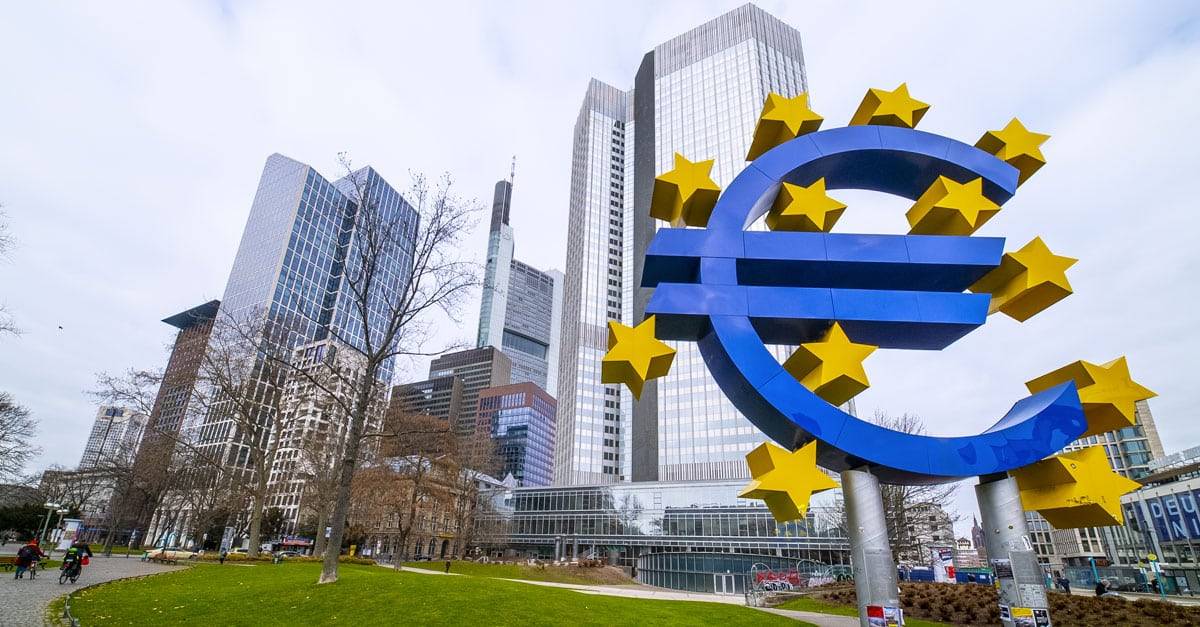Introduction of Euro
“Here comes the euro”: With these simple words, Wim Duisenberg, the first President of the European Central Bank (ECB), welcomed the new European single currency some 25 years ago. The Dutchman took a casual and unorthodox stance. By doing so, he rapidly increased the acceptance of the new currency, even if he later admitted that the euro was actually a “teuro” at the time. (Note: The phrase “teuro,” derived from the Euro and the German word for “expensive” (teuer), was created to describe the Euro’s high cost of transaction.)
The global economy and banking system, however, remained relatively stable. That way, the European Central Bank (ECB) could focus on its primary mission of price stability while serenely navigating the worldwide landscape of central banks.
Officially, the ECB began its work on June 1, 1998, and it was put to the test for the first time with the introduction of the European currency euro on January 1, 1999. Under Wim Duisenberg, and his French successor, Jean-Claude Trichet, who liked to emphasize, “There is only one needle in our compass, and that is price stability,” the first years focused on ensuring stable prices. They were successful, and during their tenure inflation hovered around 2%. A mistake was made in 2011, when the ECB raised interest rates for two consecutive quarters, using Trichet’s code word “strong vigilance” to warn of impending increases, only to lower them later that year when the economy deteriorated.
Mario Draghi and the spread of bonds
Then-Bank of Italy Governor Mario Draghi, who later introduced “forward guidance” into ECB policy, did not oppose the hikes in 2011. The high-level resignations came in the same year that tensions flared over the ECB’s treatment of distressed eurozone debtor nations. Followed by the eurozone crisis that emerged with full force. Spreads on bonds of peripheral countries exploded and therefore rocked the eurozone.
Crisis management with Christine Lagarde
When Frenchwoman Christine Lagarde began her term as the current president in 2020, she took the helm of the ECB amid the Corona pandemic, a period heavily influenced by crisis management, thus the pandemic emergency purchasing plan (PEPP) was born to lower borrowing costs and boost lending in the eurozone. After a slow start, Lagarde has now restored harmony among members of the Governing Council and is now at the forefront of efforts to control inflation. Lagarde’s ECB has so far fought this battle without plunging the eurozone into recession.
Your Wealth, Our Priority: Altoo's Consolidation Power, Secure Document Management, and Seamless Stakeholder Sharing for High Net Worth Individuals. Preview Platform.
Challenges for the future
The members of the Executive Board of the ECB are aware of the difficulties associated with the implementation of monetary policy in an uncertain economic situation. Isabel Schnabel a member of this Executive Board stressed that monetary policy is not sufficient to address structural difficulties or to unleash the full potential of the economy. She also said that structural reforms are needed to boost productivity and strengthen the economy’s resilience. According to Schnabel, additional changes may affect the current economic situation. This includes, but is not limited to, the rapid spread of AI, which could lead to an increase in workplace productivity. The inflation rate is also influenced by demographic changes and the growing demand for renewable energy. However, the ECB’s task and challenge here is also to keep this inflation under control so that no extraordinary fluctuations shake the market.









